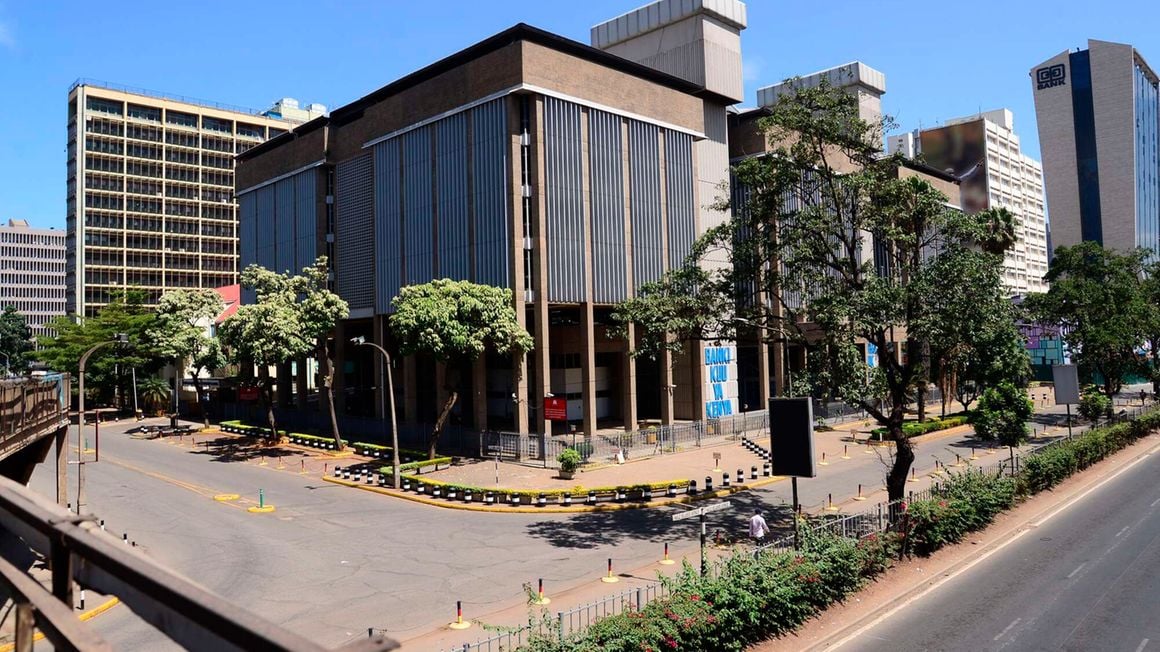
The Central Bank of Kenya in Nairobi. FILE PHOTO | NMG
Treasury bond yields in the secondary market have risen to as much as 16.5 percent exposing investors to losses from the sharp discounting of the securities prices.
The rising returns for the Nairobi Securities Exchange (NSE)-traded government papers are largely attributable to interest rate pressures in the primary bond markets, which have precipitated to the secondary market over time.
Last week, the yield on a reopened 25-year paper with 23 years to maturity came in at 16.5 percent in secondary trading against a coupon rate of 13.9 percent, near 2.6 percentage points spread.
In contrast, the most premium yield on June 30 last year stood at 14.7 percent, seen on a 21-year infrastructure bond with 20.1 years to maturity and which had been sold in the primary market at a 12.7 percent coupon.
Bond yields and prices usually feature an inverse relationship where a rise in one rate signals a decline in the other.
In the secondary markets, bonds are usually sold at a premium or discount of their face value—the actual value or cost of the bond at its first issue.
Read: Investors flock to T-bills eyeing higher returns
For instance, the rising yields would result in investors selling their bond holding at a discount to the initial price paid of the bond at the primary auction.
In the inverse, falling yields would see investors selling bonds at a premium to the price paid initially.
Investors holding bonds to maturity are, however, sheltered from the shifts in interest rates as they stand to earn the face value of the paper at maturity.
Treasury bonds turnover at the NSE has cooled off on the back of the steeper yields across the opening quarter of 2023.
“When comparing the first quarter of 2023 to the same period in the previous year, there was a 14.89 percent reduction in turnover from Sh190.95 billion in the first quarter of 2022 to Sh162.51 billion,” said the Capital Markets Authority in a statistics bulletin.
Outside the secondary market, yields on government securities have been pegged on the rising interest rates environment, which has set off a spike in the price of different assets prices, including commercial loans and Treasury bills.
Yields on Treasury bills have, for instance, all spiked to double digits as investors demand a premium to hold the government paper with a cushion against an already high rate of inflation, preserving a real yield in the process.
Last week, for instance, yields on the 91-day, 182-day, and 364-day papers stood at 10.16, 10.48, and 11.06 percent, respectively.
Read: February bond underperforms, investors go for T-bills
The government has pushed back against aggressive investor bids with the Central Bank of Kenya, for instance, cancelling the issuance of a re-opened 15-year bond last month after the posting of untenable investor bids.
→ kmuiruri@ke.nationmedia.com




No comments :
Post a Comment